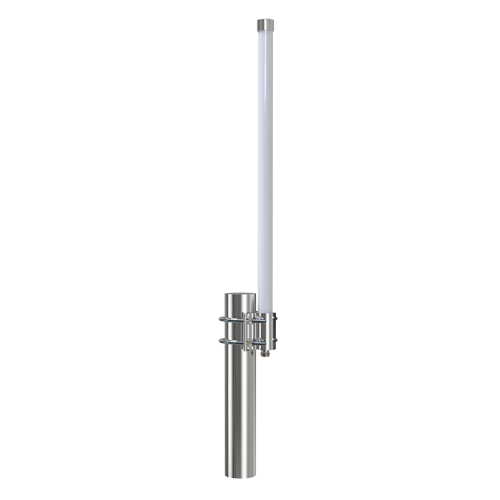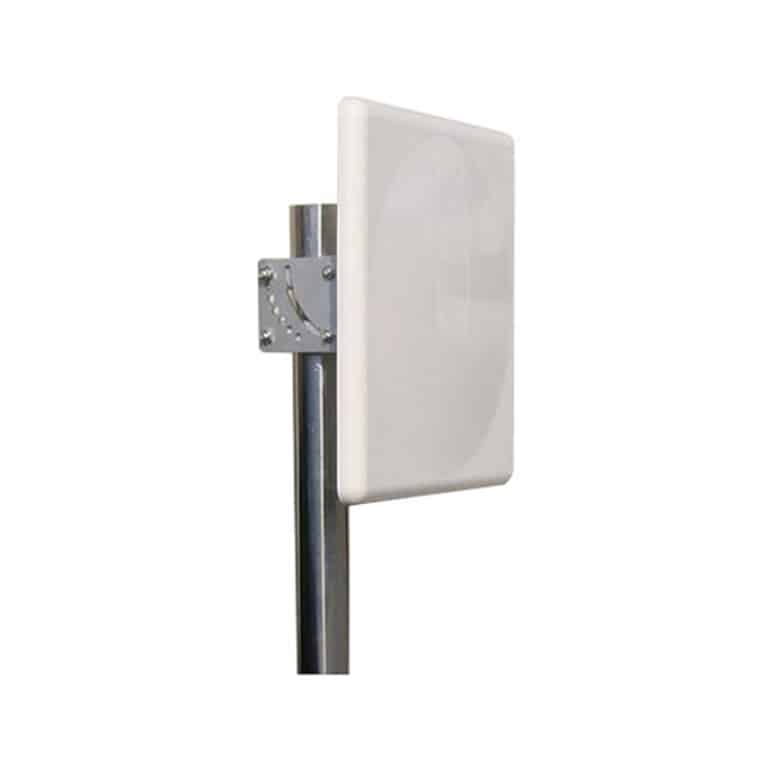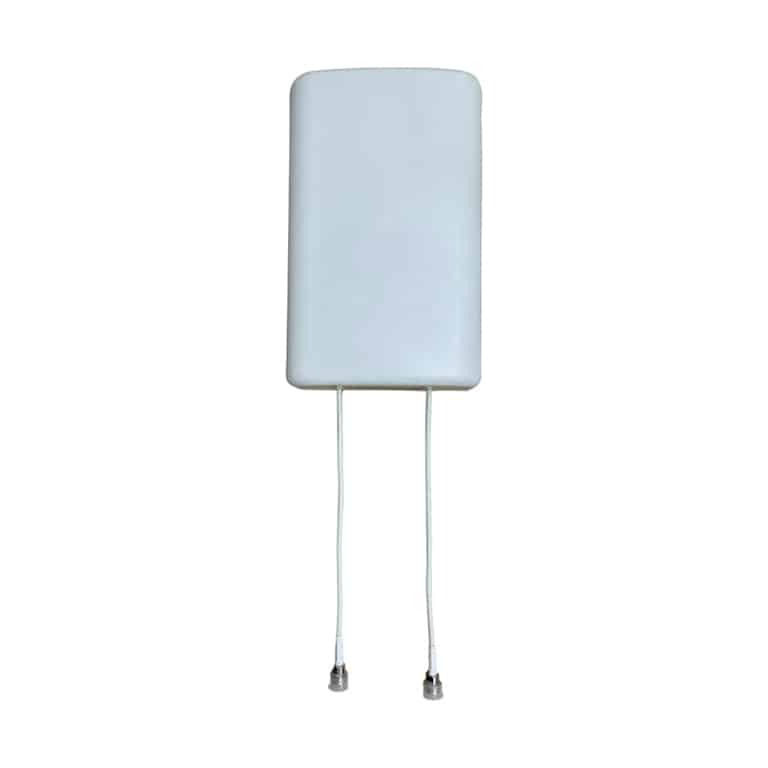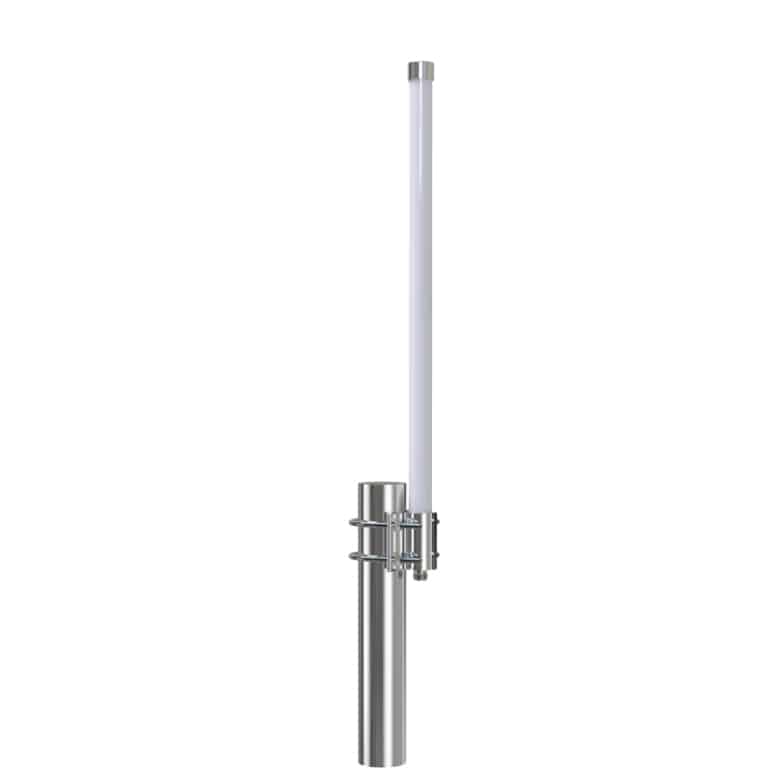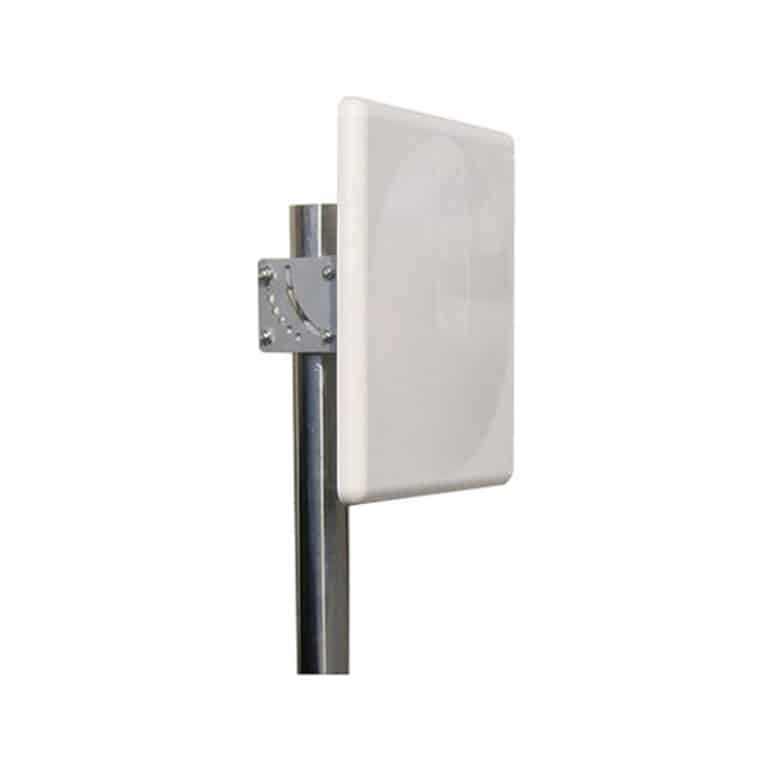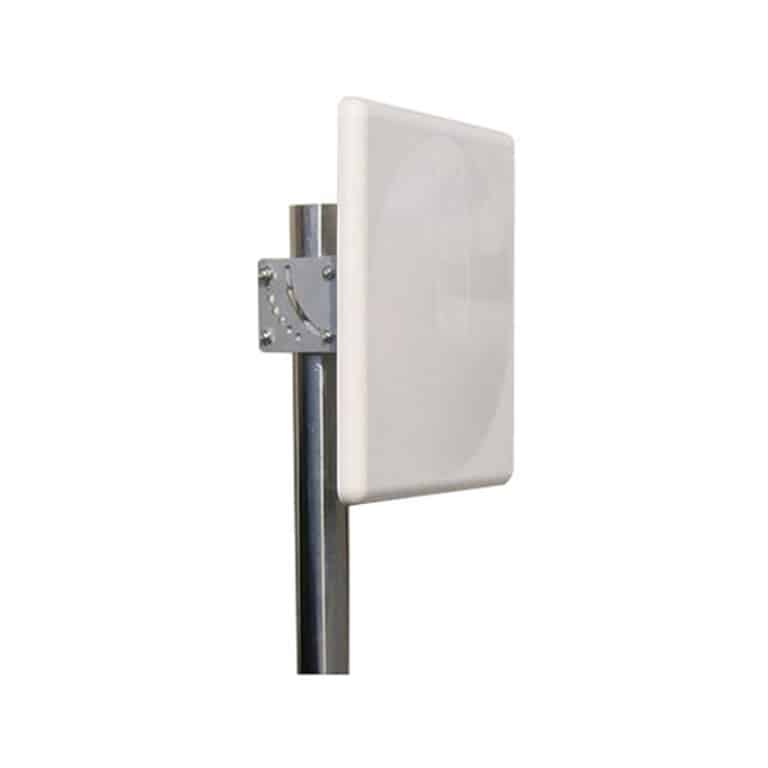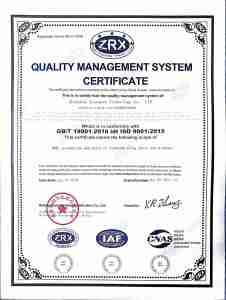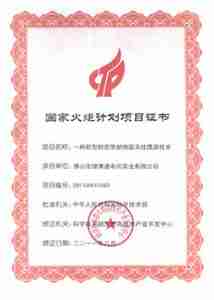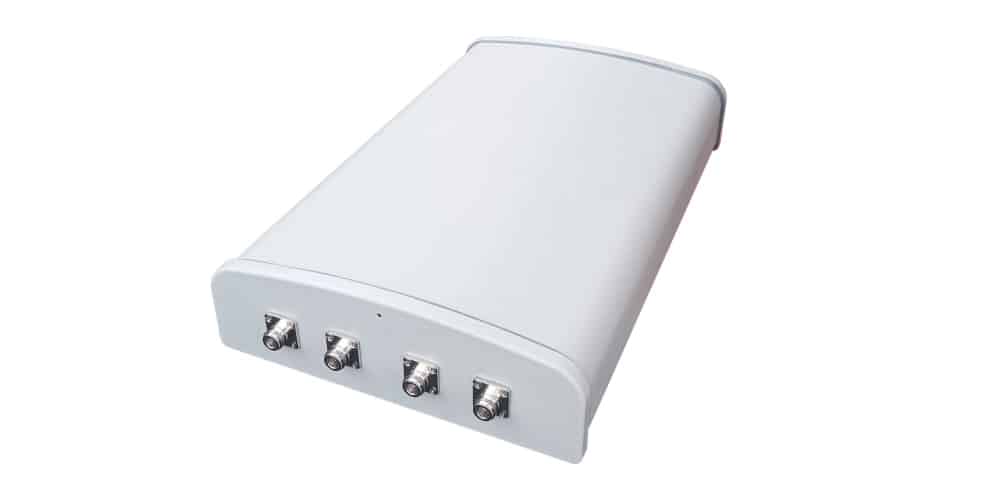Introduction
WiMax technology is revolutionizing modern communication by providing wireless technology that can transmit data to a longer distance at a faster rate for more users than traditional Wi-Fi or broadband networks. WiMax antennas are the basis of WiMax technology. WiMax Antennas are designed and manufactured in different structures and operational ranges to be customized for different applications. This article provides a comprehensive overview of WiMax antennas.
What is WiMax technology?
WiMax stands for Worldwide Interoperability for Microwave Access and is one of the latest standardized wireless network technologies. WiMax provides high speed wireless data transfer for a large coverage area and a high capacity of end user devices. WiMax operates similarly to WiFi but has some key advantages over WiFi. WiFi operates in a range of a few hundred meters while WiMax can transmit data to a fifty-kilometer distance. WiMax has better tolerance to interferences in the coverage area than WiFi. WiMax has a higher spectral efficiency compared to WiFi and thus while WiFi is typically used for personal networks, WiMax can cover a larger area like a metropolitan area network. Comparing WiMax with LTE, WiMax can operate in a higher range of frequency bands, but LTE can offer higher mobility speeds. LTE can operate with existing mobile networks whereas WiMax does not offer that backward compatibility.
What is a WiMax antenna?
WiMax antenna is the critical component in WiMax communication responsible for sending and receiving signals between the base station and the subscriber devices. The design and placement of the antenna will significantly affect the signal strength, coverage area, and data throughput of the WiMax network. WiMax antennas can be of different types like omnidirectional, sector, or panel depending on the application.
Types of WiMax antenna
- Omnidirectional: This type of WiMax antennas are used typically for point to multipoint configurations and are ideal for applications where the users are close to the base station since the signal gets diffused when broadcasted in 360 degrees.
- Sector: This type of WiMax antennas typically distribute the signal into a focused area of around 60-120 degrees providing more throughput and a longer coverage distance in that area making them ideal for applications where there is dense RF traffic in specific bandwidths.
- Panel: This type of WiMax antennas are typically configured for point to point configurations. These are mostly surface mount antennas and can be used for both indoor and outdoor applications.
Technical specifications
As per EEE802.16 specifications, WiMax antennas are built to work in 2GHz to 11GHz frequency bands in non line of sight applications and 10GHz to 66GHz in line of sight applications. They have high data peak rates of around 70 MB per second and can transmit for a range of about 50 kilometers radius from the base station. The gain, radiation pattern, and polarization of the WiMax antenna will depend on the type of antenna used.
Installation and Deployment of WiMax Antennas
When setting up a WiMax antenna, correct site selection is crucial for optimal performance and coverage of the wireless network. Based on the specific frequency bandwidth that the antenna operates and the radiation pattern of the antenna, the location and orientation should be decided.
Before installing a WiMax antenna, the environment must be assessed, whether it has any major obstructions in the signal pathway for the targeted coverage area, the compatibility of the expected weather conditions of the environment, and the resistance the WiMax antenna has for that type of weather. It is also important to pay attention to the regulatory and compliance requirements that can vary from country to country when setting up a wireless network.
Advantages of WiMax antennas
- Wide coverage and high-speed connectivity: WiMax antennas can cater to a wide coverage area with high data throughputs with their capability of using wide channel bandwidths and segmenting of data rates.
- Scalability and flexibility in deployment: WiMax antennas can be scaled to support a large number of devices and users without significant hardware changes. Since WiMax antennas can transmit to large square kilometer areas per antenna, it takes a short time to deploy a WiMax network in a large geographic area.
- Cost Effectiveness: WiMax antennas have highly efficient modulation and coding characteristics that enable them to provide services to more customers per radio channel than other wireless technologies. It is also cost-effective when providing broadband access to areas that are not feasible to have wired infrastructure.
Challenges and Considerations
- Interference: WiMax operates in the same frequency ranges as other wireless technologies and hence can have interference during signal transmission. Bad weather conditions can also interrupt WiMax signals.
- Maintenance and durability: WiMax antennas can need high electrical support and also maintaining high-quality data transmission can be challenging due to high traffic for a single WiMax antenna. After installation, maintaining the same level of obstructions in the coverage area as during the planning stage can also be quite a challenge.
- Regulatory and license: To set up a WiMax antenna, approval must be taken from the regulatory bodies of the country regarding wireless communication, and this can be a challenging procedure as this is yet considerably new technology.
Applications of WiMax Antennas
- Broadband access: WiMax antennas can be used for high-speed internet access in rural areas where traditional wired infrastructure is not available. In urban areas, they can extend WiFi hotspots’ coverage in densely populated areas.
- Enterprise connectivity and private networks: WiMax antennas can create point to multipoint connections that can handle voice, and videomaking them ideal for private networks and even enterprise networks connecting remote offices, factories, etc.
- Emergency response and disaster recovery: WiMax antennas are ideal for real-time data transmissions and thus can be used in public safety networks like emergency response and disaster recovery.
- Mobile and fixed wireless services: WiMax antennas can provide mobile broadband services enabling users to access high speed internet on the go. WiMax antennas can also be used to create a wireless link between cellular base stations and the core network providing fixed wireless services.
Future of WiMax antennas
Since WiMax antennas offer the combined benefits of mobility and flexibility found in wireless broadband access technologies, along with the wide bandwidth, quality, and reliability of traditional wired broadband access, they have the potential to revolutionize wireless network technology within the next few years. Integration of 5G and other technical advancements will enhance the growth of WiMax antennas. As WiMax antennas become more common, the prices will go down and this technology will bring the world one step closer to global connectivity.
Conclusion
WiMax antennas are the most critical component in WiMax technology which is one of the latest wireless network technologies. With higher data rates, coverage, capacity over traditional WiFi, and the convenience of having a WiMax network in a wide range of applications like mobile broadband, public safety, smart grids, and telemedicine, WiMax antennas have huge potential for the future.

